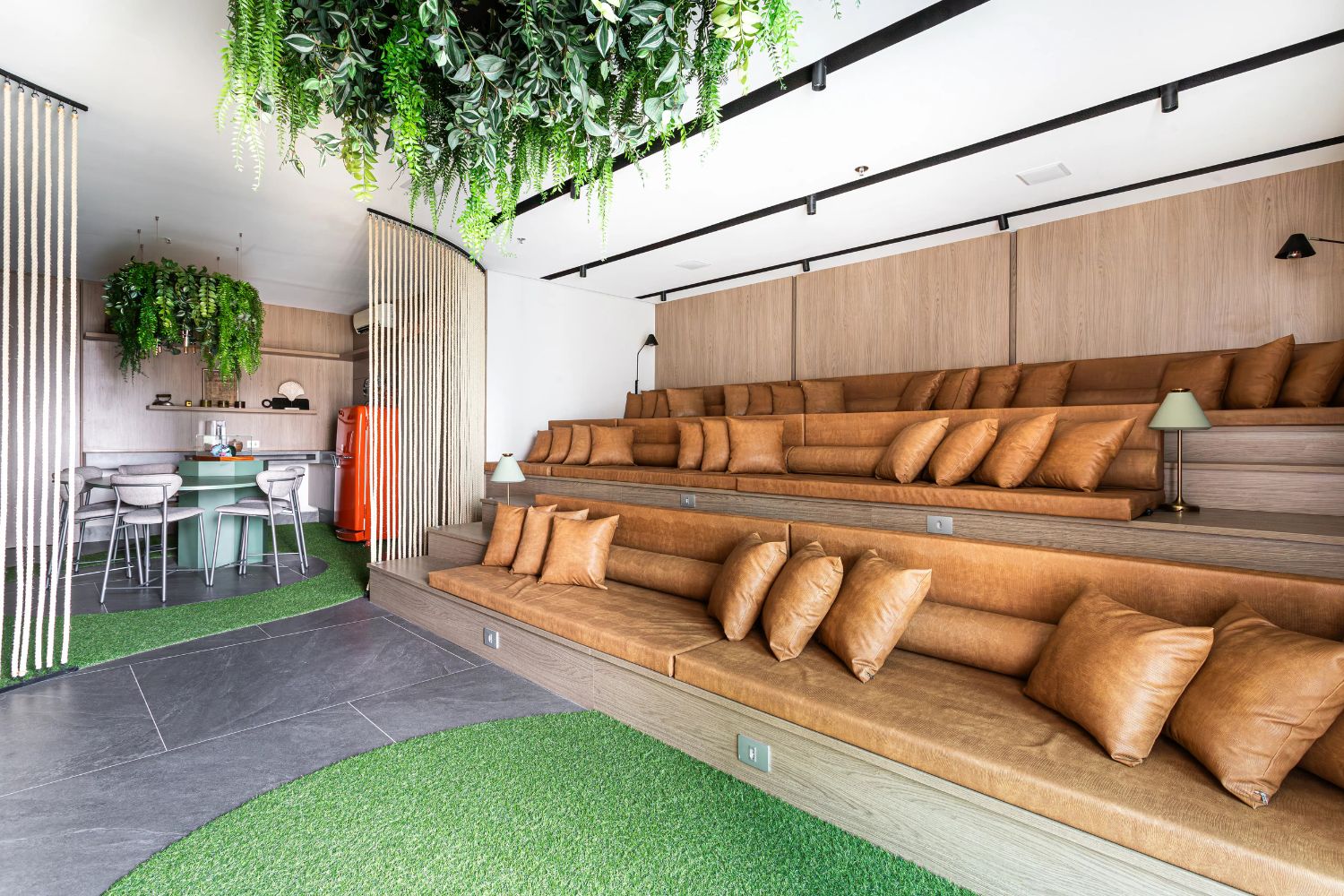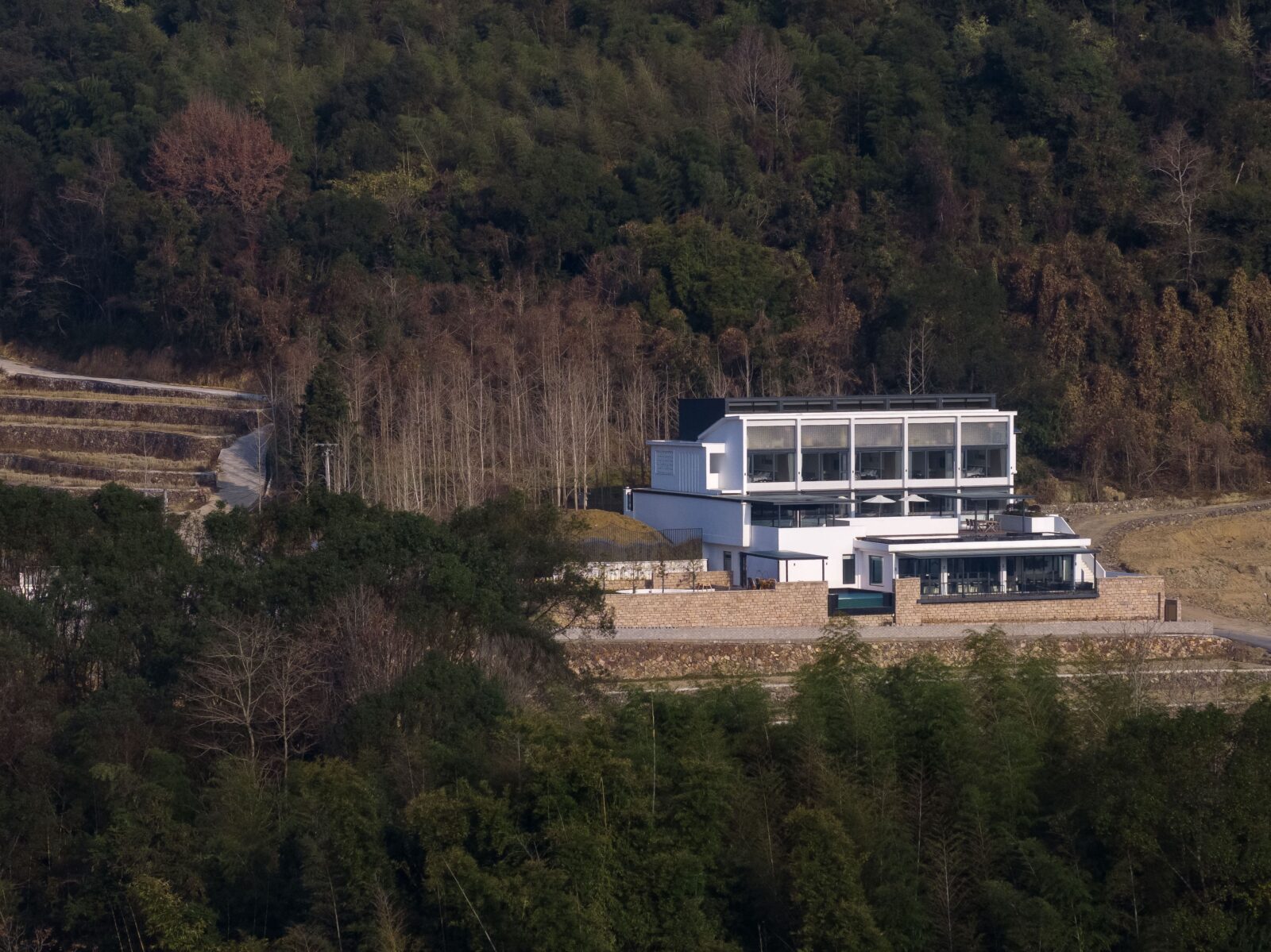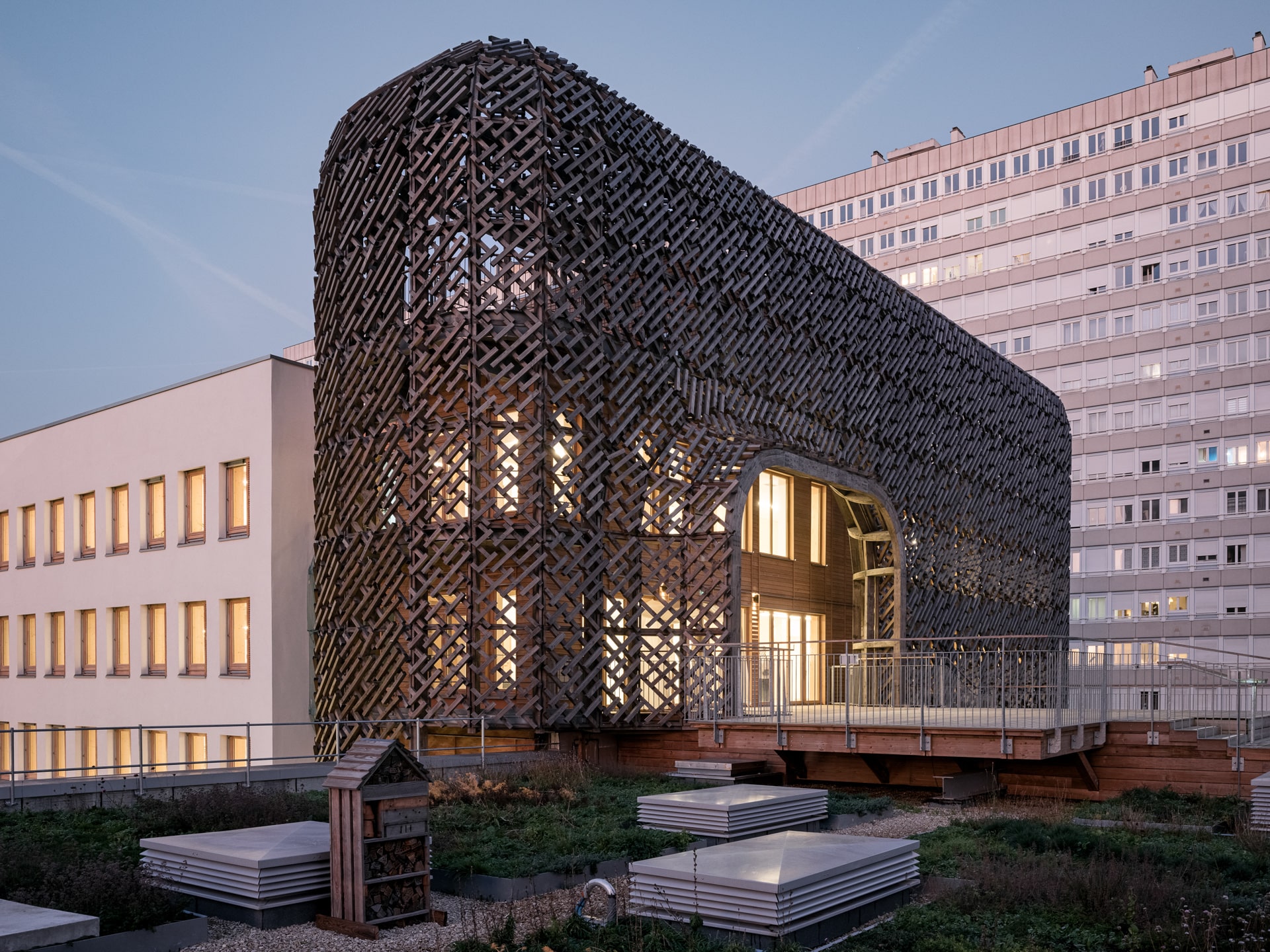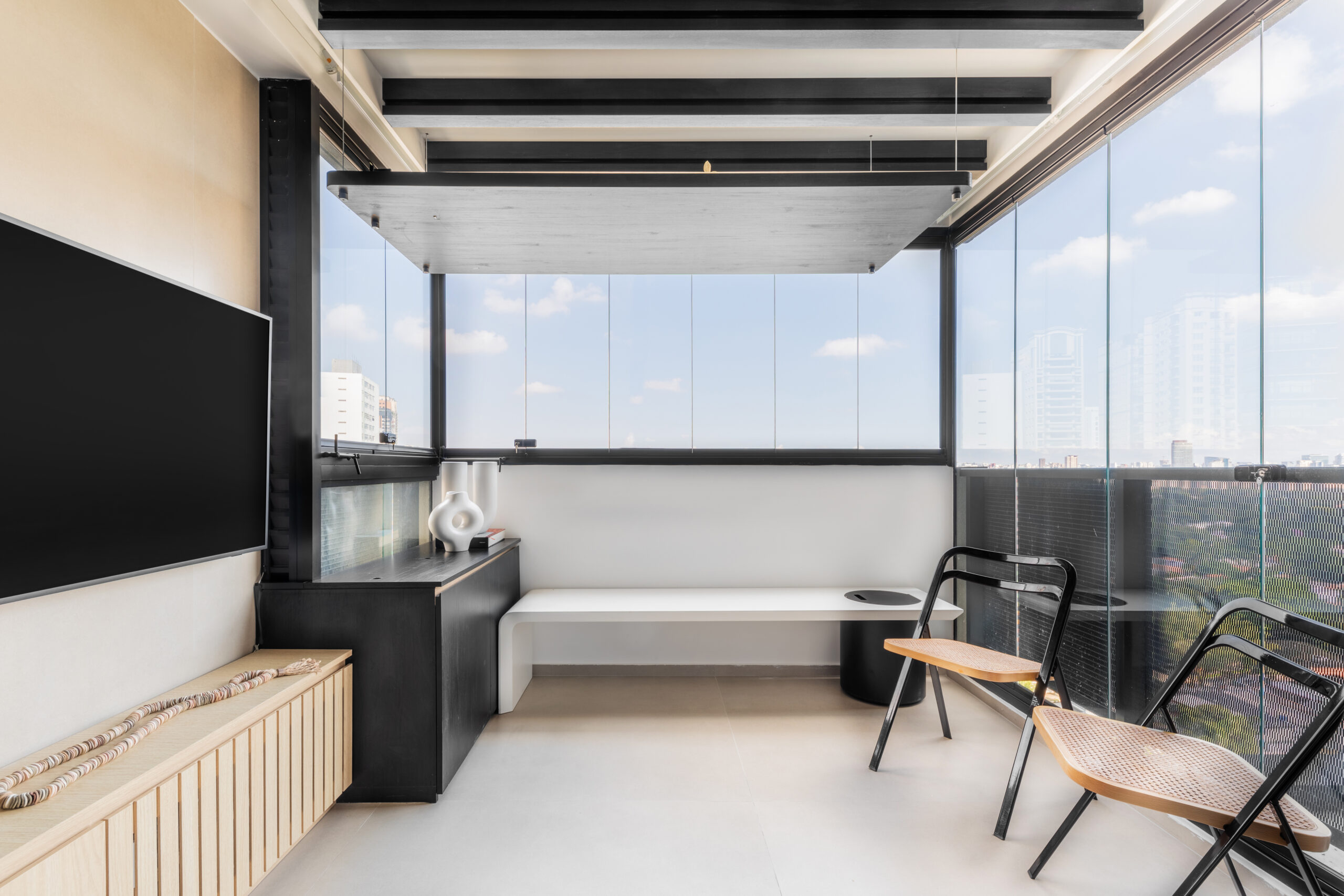- Home
- Articles
- Architectural Portfolio
- Architectral Presentation
- Inspirational Stories
- Architecture News
- Visualization
- BIM Industry
- Facade Design
- Parametric Design
- Career
- Landscape Architecture
- Construction
- Artificial Intelligence
- Sketching
- Design Softwares
- Diagrams
- Writing
- Architectural Tips
- Sustainability
- Courses
- Concept
- Technology
- History & Heritage
- Future of Architecture
- Guides & How-To
- Art & Culture
- Projects
- Interior Design
- Competitions
- Jobs
- Store
- Tools
- More
- Home
- Articles
- Architectural Portfolio
- Architectral Presentation
- Inspirational Stories
- Architecture News
- Visualization
- BIM Industry
- Facade Design
- Parametric Design
- Career
- Landscape Architecture
- Construction
- Artificial Intelligence
- Sketching
- Design Softwares
- Diagrams
- Writing
- Architectural Tips
- Sustainability
- Courses
- Concept
- Technology
- History & Heritage
- Future of Architecture
- Guides & How-To
- Art & Culture
- Projects
- Interior Design
- Competitions
- Jobs
- Store
- Tools
- More

The forward-looking and environmentally conscious, in short: sustainable, construction of buildings is becoming increasingly important in times of climate change and the increasing demands placed on buildings. More and more showcase projects are being built more sustainably and partly with timber. It is therefore all the more important that significant infrastructure such as hospitals, police stations and fire stations follow this trend and make their contribution to a better environment.
 The purpose of this thesis is to research which framework conditions could influence or hinder a fire station building in timber construction in order to optimally combine both sustainable and functional aspects in a timber fire station building.
The purpose of this thesis is to research which framework conditions could influence or hinder a fire station building in timber construction in order to optimally combine both sustainable and functional aspects in a timber fire station building.

First the legal and functional principles are analyzed. From a legal point of view, the Lower Austrian building law is the basis for all buildings. With regard to the technical execution of buildings, the building law refers to the OIB guidelines of the österreichischen Institut für Bauwesen. Whereby only the OIB guidelines 2 + 2.2 make regulations for a timber construction. In addition, point 5.1.4 of OIB 2.2 plays an important role in the maximization of timber construction, as the introduction of a 6.00 m wide fire transom enables the vehicle hall (parking space for fire engines) to be built in timber. Functionally, the RL FH-01 of the ÖBFV specifies the basics for building a fire station. Besides to the basic equipment features and the space requirements, this guideline does not make any specific requirements on the building material.

Based on these analysis, the draft for the new building of the Freiwillige Feuerwehr Korneuburg was drawn up. The concept for the design is based on the durability and added value that a fire brigade offers in each location. A monolithic block is created to symbolize the continuity of the fire brigade. The functions, the room program as well as measures that increase the sustainability in the building, shape the monolith with metaphorical stonemason processing methods. As a result, the fire station is divided into three parts: the main fire brigade building, the fire transom and the vehicle hall. This concept was implemented in a draft and presented with the help of floor plans, sections, views, axonometries, illustrations and visualizations.
illustrarch is your daily dose of architecture. Leading community designed for all lovers of illustration and #drawing.
Submit your architectural projects
Follow these steps for submission your project. Submission FormLatest Posts
Between the Playful and the Vintage, Studio KP Arquitetura Transforms a Creative Multifunctional Space
Beyond its aesthetic and symbolic appeal, the project integrates technological solutions for...
An Experimental Renewal of Mountain Architecture: Valley Homestay in Linggen Village
In Zhejiang’s Linggen Village, a forgotten mountain building has been reimagined into...
James Baldwin Media Library and Refugee House by associer
In Paris’s 19th arrondissement, Atelier Associer has reimagined a 1970s secondary school...
43m² Apartment Innovates by Dividing Spaces Without Losing a Sense of Openness
Located in Pinheiros (São Paulo), the project by Zalc Arquitetura relies on...
























Leave a comment